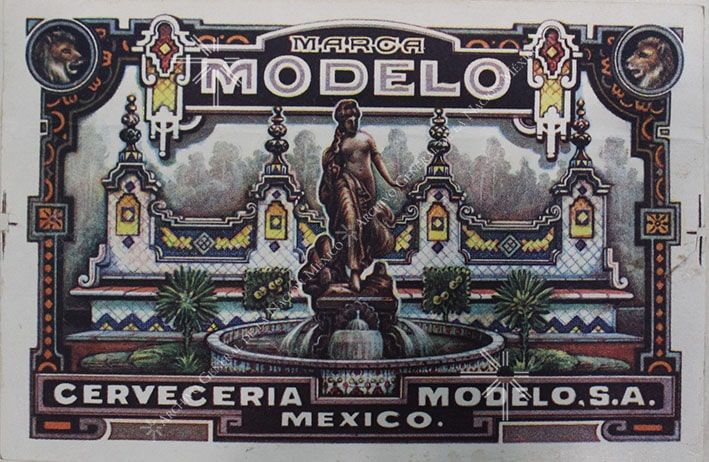The history of the brewing industry in Mexico
It all began in 1542 when Alfonso Herrara, one of Hernán Cortés' emissaries, asked Emperor Carlos V for permission to open an establishment to produce beer; this would be located at the foot of the Popocatépetl and Iztaccíhuatl volcanoes at Hacienda El Portal, in what is now Amecameca.





